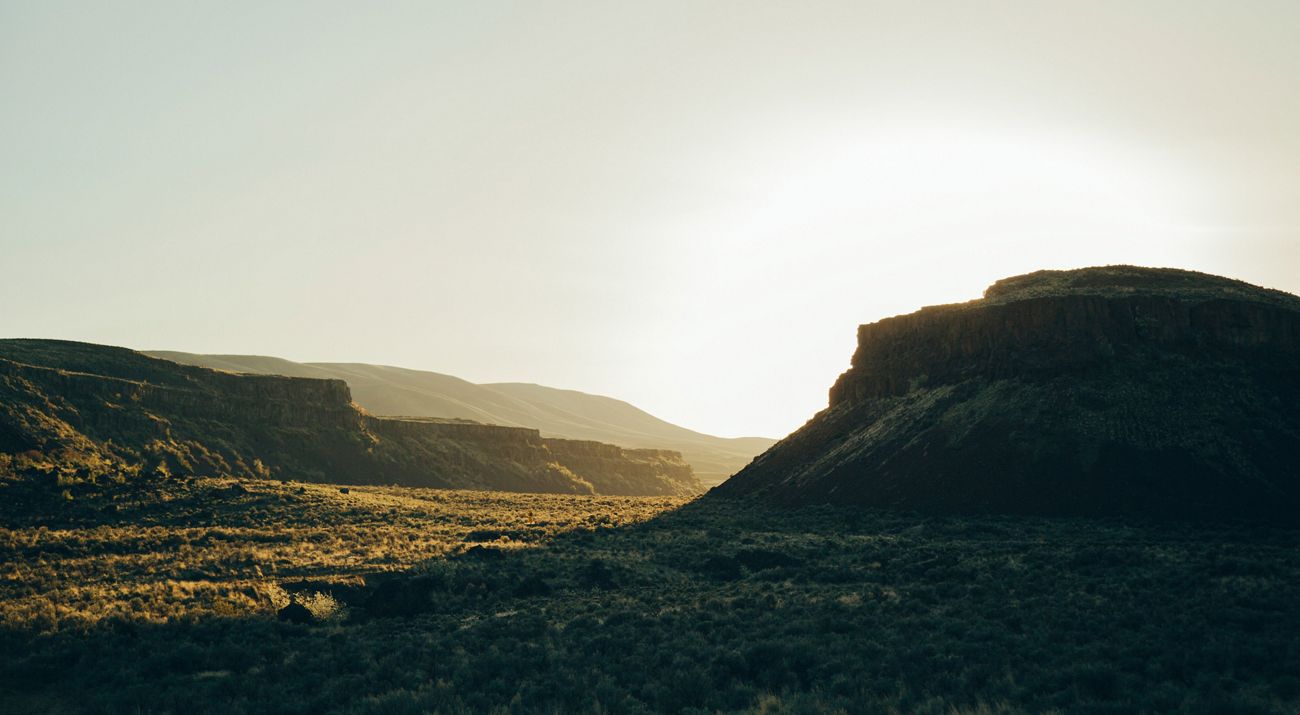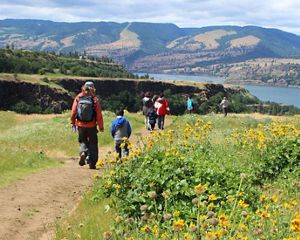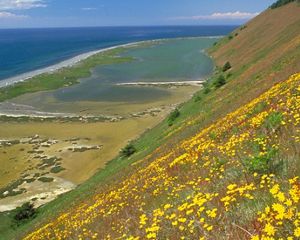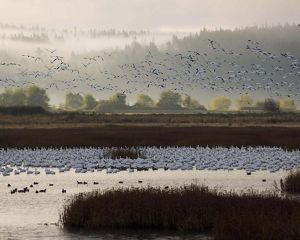Description
The Nature Conservancy’s largest preserves in Washington state are on the spectacular Columbia Plateau. Here we are protecting and restoring the fabled sagebrush country of wide-open skies, dramatic geology and amazing desert species.
With its Ice Age flood-carved, steep-walled coulees, its pothole lakes, dunes, haystack boulders, waterfalls and scablands—this area is home to a rich and fragile mosaic of rare living things. Between the shrubs and grasses grow a profusion of wildflowers, including sulfur lupine and the vibrant bitterroot, long a favorite food harvested by Indigenous Peoples. Totaling more than 24,000 acres, The Nature Conservancy’s Moses Coulee Preserves are an especially rich and diverse example of Washington’s shrub-steppe.
Conservation Actions
Nearly a third of Washington’s entire land mass was historically comprised of the shrub-steppe. Today, more than two-thirds of shrub-steppe has been lost to agriculture or urban development. The Nature Conservancy is taking the following actions to ensure the long-term conservation of this habitat and its resident species:
- Partnering with public and private landowners to advance the long-term conservation of functional shrub-steppe by identifying lands that connect existing protected shrub-steppe.
- Collaborating with management and regulatory agencies, farmers and ranchers to ensure that appropriate habitat, knowledge and management capacity are available to support viable populations of sage grouse, Columbia sharp-tailed grouse and pygmy rabbits.
- Providing habitat for 14 of the 15 bat species reported in Washington; the Moses Coulee Preserve is known as the single most important location for this key group of animals in the state. We’re working with partners, researchers and volunteers to create an inventory and monitoring program to gain the knowledge needed to ensure that appropriate conditions exist and support the long-term conservation of Washington’s bat species.
Developing new monitoring protocols and collaborating with restoration experts to determine how to adaptively and sustainably manage this fragile ecosystem. Non-native grasses and climate change are altering native plant communities faster than before. It is necessary that we use the latest science and up-to-date data to inform our habitat management decisions and focus on actions that are most likely to have beneficial effects in a hotter, drier future.



